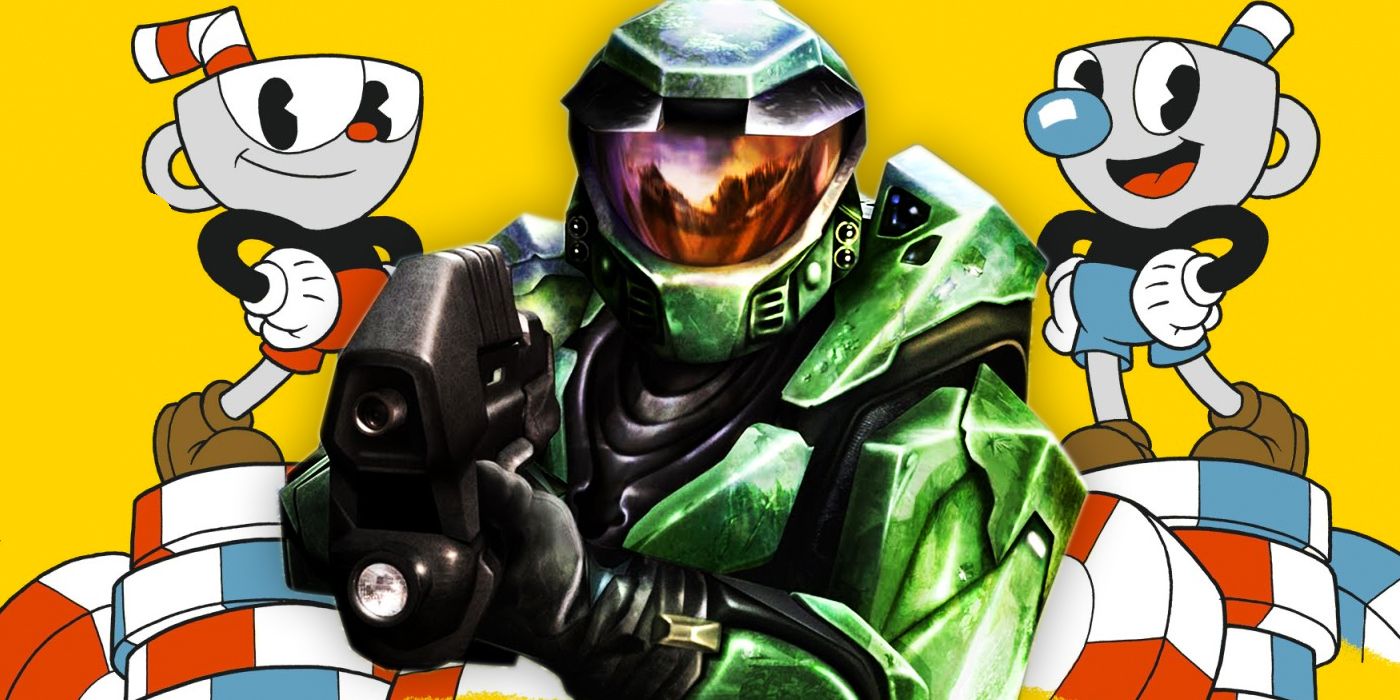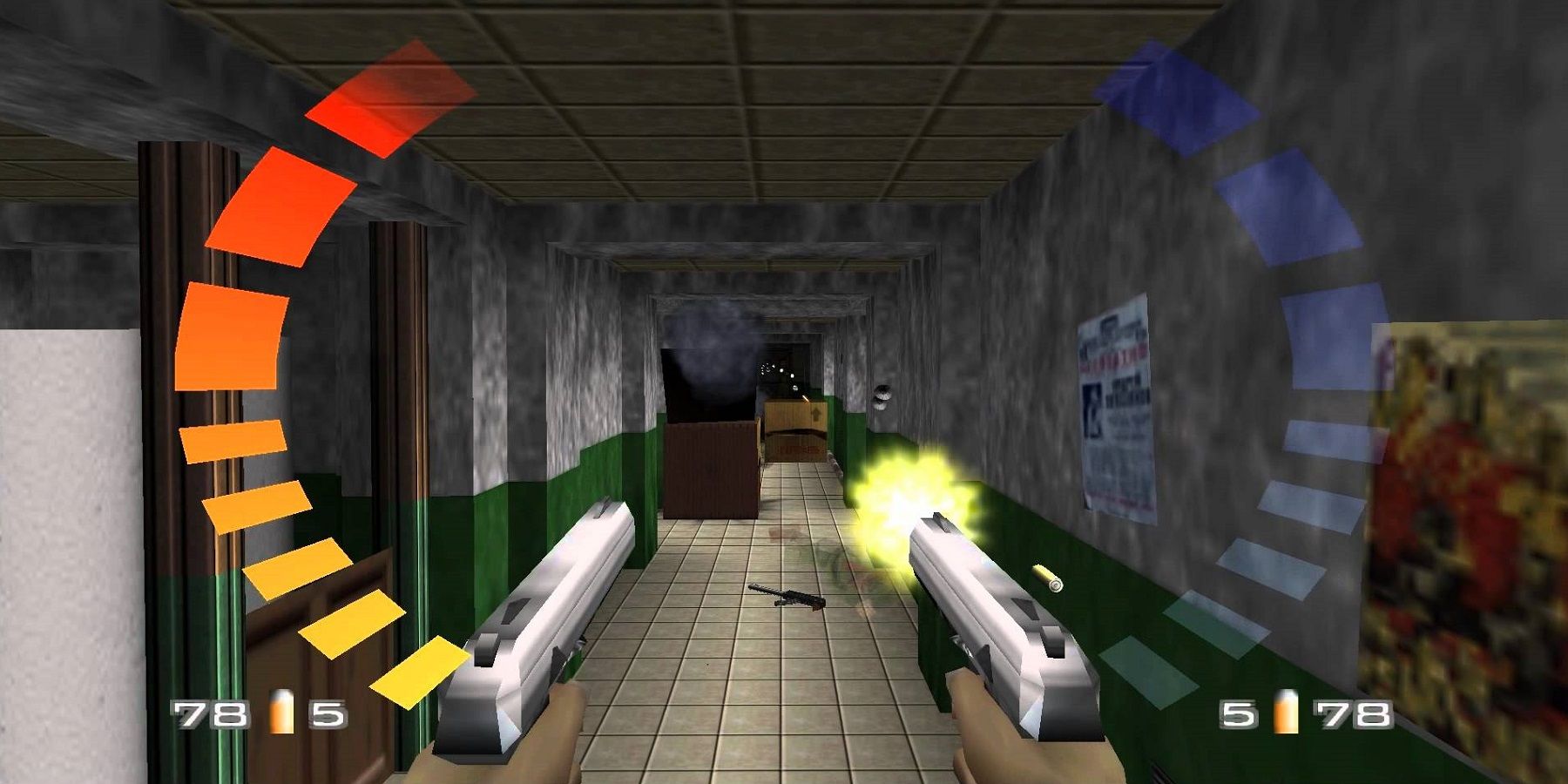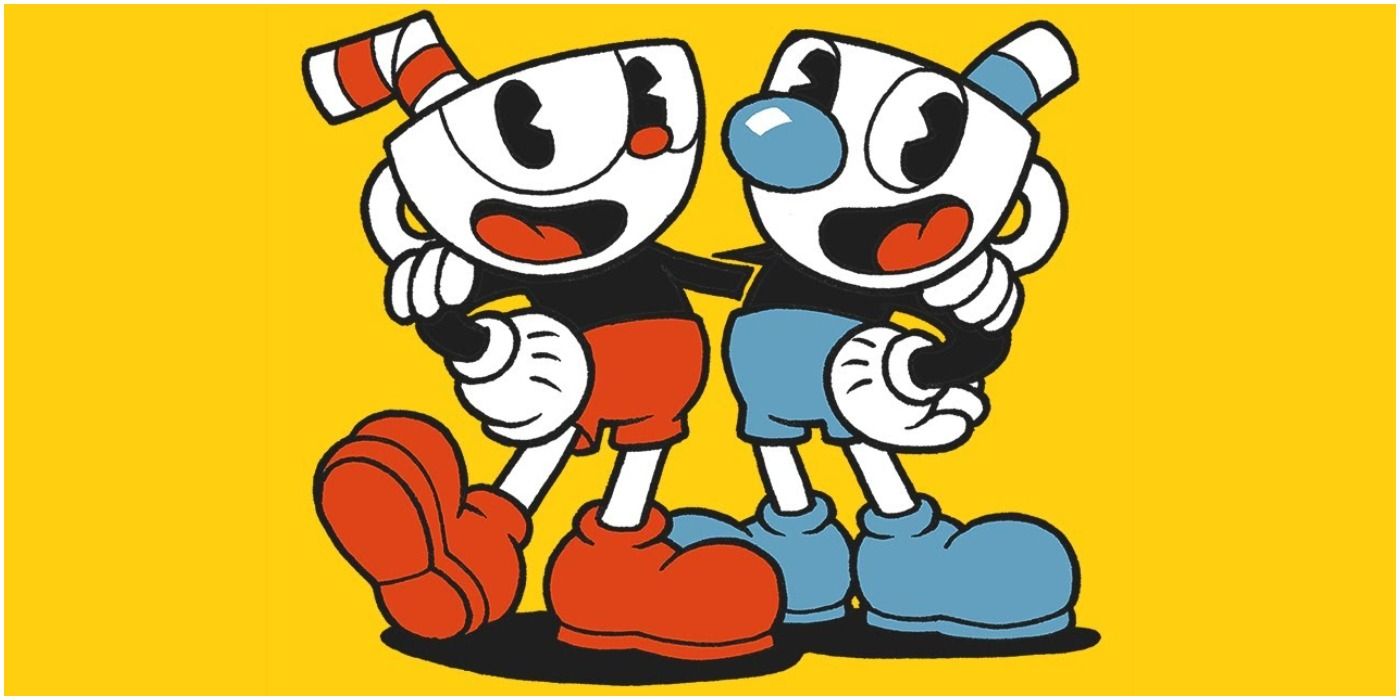Anyone who grew up in the 1990s or early 2000s with a game console probably has fond memories of playing a game with their friends through split-screen, cooperating and competing to defeat enemies, solve puzzles and occasionally cheat by looking at each other's screens. These days, however, split-screen co-op multiplayer campaigns have nearly vanished from Triple-A games (Borderlands, Gears of War and Star Wars: Battlefront being some of the few exceptions). What factors caused split-screen co-op gaming to lose luster with developers, and what advances in gaming tech and culture might bring couch campaigns back in style?
GoldenEye. Halo. Medal of Honor. Left for Dead. Portal 2. All those Lego Star Wars games. At one point, split-screen gaming was de rigueur for console games that wanted multiple players to experience their virtual worlds. Sitting on the couch or floor together, friends and family could experience a single-player campaign's story side-by-side, adopting specialized roles to support each other in combat and pulling the occasional prank to spice things up.
The actual 'split-screen' portion of split-screen gaming wasn't perfect; gamers with small TVs (not uncommon in the pre-flatscreen era) had to squint to make out their character's viewpoint on the screen, and sometimes people would lose track of which screen was whose. These technical limitations and hijinks gave (and still give) split-screen co-op multiplayer a unique sort of charm, in which players could laugh at themselves and each other.
The Fall of Split-Screen Co-op Multiplayer
Why did the tide turn against split-screen gaming? The first reason, arguably, is the increasing complexity of video game graphics and engines. As the processing power of consoles like Xbox and Playstation expanded, developers could make games with more realistic environments and character models, which caused split-screen to put more strain on the console as the game tried to render a detailed world from multiple perspectives at once. Priorities of effort shifted as well: over-worked and under tight deadlines, game developers were (and are) forced to choose between making a co-op multiplayer campaign work at the potential expense of graphics, or ditching split-screen modes in order to focus on keeping their graphics up to date.
The second reason for the decline of co-op multiplayer likely has to do with the spread of online-gaming to consoles as well as PCs. With console gamers now able to engage in death-matches and team matches with other players all across the world, split-screen modes were no larger mandatory for games that wanted to include a strong multiplayer experience. Issues of profit arose as well; if a console game had a 4 player split-screen mode, only one out of 4 players needed to buy the game disc, while a game with online multiplayer-only forced every player to buy their own copy. With these incentives against split-screen gaming, couch co-op dwindled among big-name titles: even the Halo franchise, a staple of the split-screen console genre, dropped both local co-op and multiplayer in its most recent release, Halo 5: Guardians.
The Return of Couch Co-Op Multiplayer
While things may sound bleak, there's still hope for a resurgence in split-screen co-op and multiplayer modes among big names titles. The next upcoming installment in the Halo franchise, Halo Infinite, will bring back couch and local multiplayer by popular demand. A large number of Indie games use top-down third-person perspectives or deliberately retro graphics to more easily implement co-op – Cuphead, Helldivers, Broforce, A Way Out and Overcooked being notable recent examples. If split-screen co-op does come back in vogue for Triple-A titles, it'll be because of the enthusiasm of gamers and developers – long-time fans who want to share the games they love with both strangers and the people in their life.



